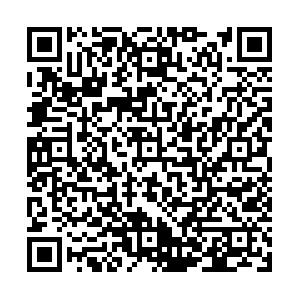Abstract:
Objective To investigate the distribution of pathogenic bacteria in HIV patients complicated with tuberculosis infection, and to analyze the drug resistance of the patients.
Methods One hundred and thirty-six cases of patients with HIV/MTB double infection and simple tuberculosis treated in our hospital from January, 2014 to January, 2016 were divided into three groups according to the patient's infection, which is 56 patients with HIV/MTB double infection as HIV/MTB group, 40 cases of tuberculosis patients as MTB group, and 40 cases of AIDS patients as HIV group. Three groups of patients were collected before carry out the corresponding pre treated inoculation in the MGIT tube, and using the absolute concentration method for the culture of the positive strains of drug resistance testing. Distribution of pathogenic bacteria in patients with statistics and evaluate the properties of the comparison, record the experimental results, statistical analysis, were conducted.
Results The general clinical data of the three groups had no history of tuberculosis and diabetes, and no history of anti TB treatment. The gender and age of the three groups were not statistically significant (
P > 0. 05). HIV/MTB group of patients with isolated strains in 38 cases, the positive rate was 67. 86%, 83 strains were isolated. Compared with the MTB group and the HIV group, there were significant differences in the distribution of the pathogenic bacteria (
P < 0. 05). MTB group and HIV group were successfully isolated strains in 22 cases, 24 cases, the positive rate were 56. 41%, 58. 54%, a total of 39 strains and of bacteria were isolated and 41 strains. The two groups of patients were susceptible to Gram-negative bacteria, and the HIV/MTB group was different, and the gram positive bacteria in the three groups of patients with low infection ability. In HIV/MTB group, 2 cases (3. 57%) were resistant to RFP, INH, OFL and KAN, but not in MTB group and HIV group. The total initial drug resistance (including INH, resistant to SM) in the HIV/MTB group was significantly different from that in the MTB group and the HIV group (
P < 0. 05).
Conclusion In the treatment of HIV patients with tuberculosis infection, the use of antimicrobial agents should choose a combination of medication treatment. In order to aim at the gram negative pathogenic bacteria, we should also consider the fungi, viruses and other pathogens.

 点击查看大图
点击查看大图



 下载:
下载:
